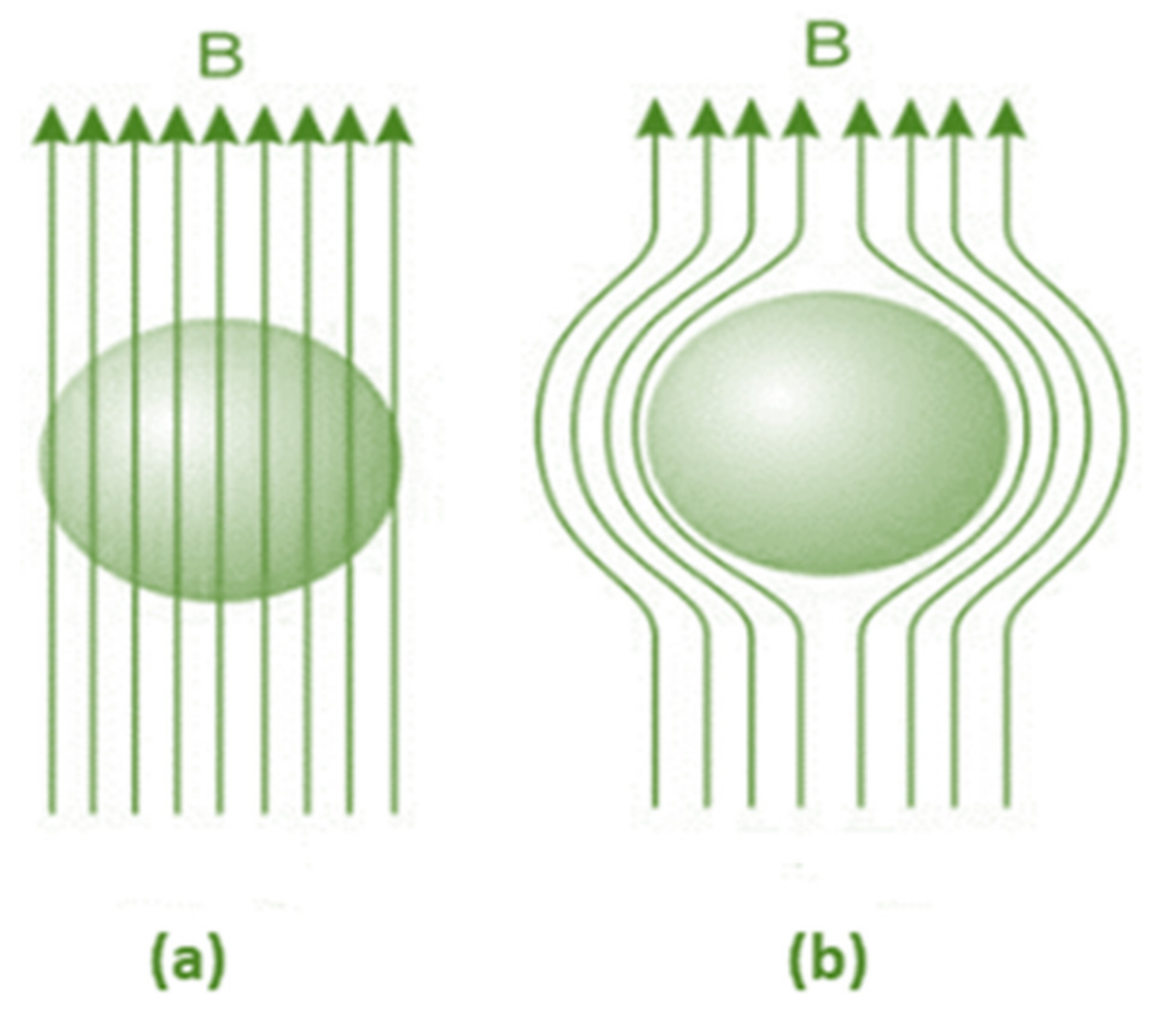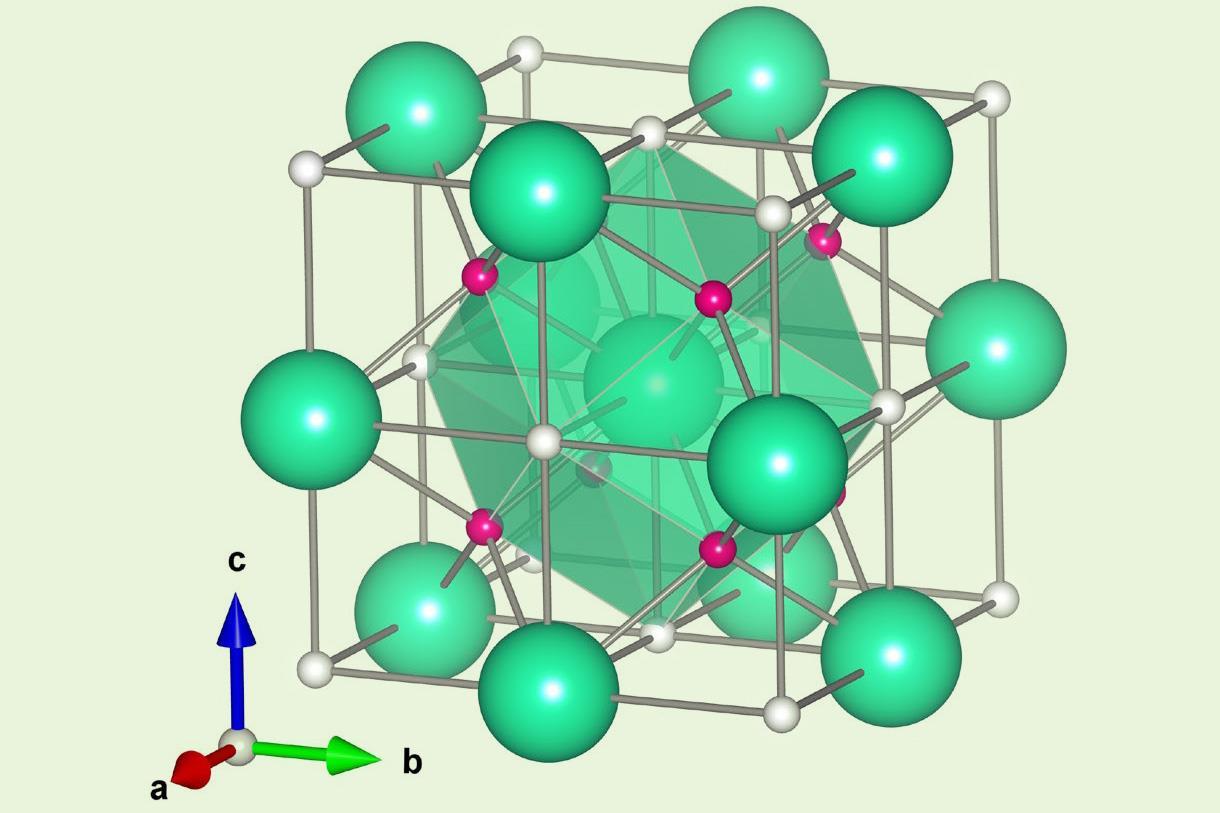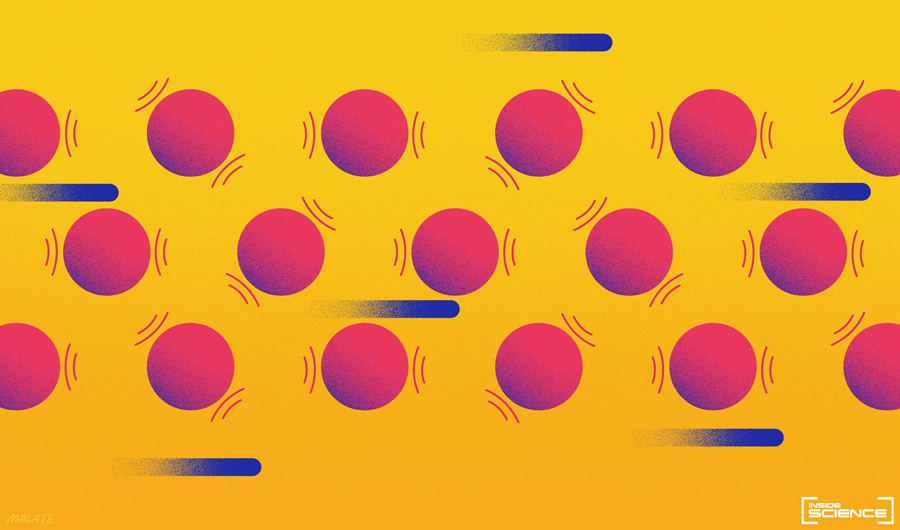Superconductors are materials that conduct electricity with zero resistance when cooled below a certain temperature, known as the critical temperature or Tc. They have been studied for over a century and continue to intrigue researchers due to their unique properties and potential applications. One such property is their behavior in magnetic fields, which can lead to fascinating phenomena such as flux pinning, Meissner effect, and quantum levitation. In this article, we will explore the properties of superconductors in magnetic fields and their practical applications.
What is a Superconductor?

A superconductor is a material that exhibits zero electrical resistance and perfect diamagnetism below its critical temperature (Tc). This means that when an electrical current flows through a superconductor, there is no energy loss due to resistance, and the magnetic field lines pass through it without resistance. Generally, superconductors are classified into two types: Type I and Type II.
- Type I Superconductors: These are simple metals and alloys that exhibit a sharp transition from normal conductivity to superconductivity. They have a single critical magnetic field at which they lose their superconducting properties.
- Type II Superconductors: These are complex compounds that exhibit a gradual transition from normal conductivity to superconductivity. They have two critical magnetic fields, one at which they lose their perfect diamagnetism and another at which they lose their superconductivity.
Magnetic Field Penetration and Flux Pinning

When a magnetic field is applied to a superconductor, it penetrates the material in the form of quantized magnetic flux tubes called vortices. Vortices carry a quantized amount of magnetic flux and can move freely within the material. In type I superconductors, all vortices enter the material at once when the critical magnetic field is reached, resulting in a complete loss of superconductivity. In type II superconductors, however, vortices enter the material gradually and can be pinned to defects or impurities in the crystal lattice. This phenomenon is called flux pinning, and it leads to a partial penetration of the magnetic field into the superconductor.
Flux pinning has several practical applications, including high-temperature superconducting (HTS) power cables, levitating trains, and magnetic bearings. In HTS power cables, a thin layer of superconductor is coated with a layer of magnetic material that creates a regular array of pinning sites. This allows the cable to carry much higher currents without energy loss than ordinary copper cables. Levitating trains and magnetic bearings utilize flux pinning to create stable levitation and motion without friction, thus enabling high-speed transportation and accurate positioning systems.
Meissner Effect and Perfect Diamagnetism
Another fascinating property of superconductors is the complete expulsion of magnetic field lines from their interior, known as the Meissner effect. The Meissner effect occurs when a superconductor is cooled below its critical temperature and a magnetic field is applied. The magnetic field induces electrical currents in the material that generate opposing magnetic fields, canceling out the external magnetic field inside the superconductor. This results in perfect diamagnetism and zero magnetic flux density inside the superconductor.
The Meissner effect has important implications for many applications, such as magnetic resonance imaging (MRI) and particle accelerators. MRI machines use strong magnetic fields to create images of the human body’s internal structures, and the Meissner effect allows the magnets to be cooled with liquid helium, reducing their energy consumption and increasing their stability. In particle accelerators, superconducting magnets are used to guide and focus particle beams, allowing them to reach extremely high energies.
Quantum Levitation and Superconducting Magnets

Quantum levitation, also known as the quantum locked state, is a phenomenon that occurs when a superconductor is cooled below its critical temperature and placed above a magnet. The magnetic field induces currents in the superconductor that cancel out the external magnetic field, causing the superconductor to levitate above the magnet. This effect is due to the combination of flux pinning and the Meissner effect, which allows the superconductor to remain suspended in mid-air.
Quantum levitation has captured the public’s imagination and inspired many applications, such as high-speed trains, frictionless bearings, and flywheels. Superconducting magnets are essential for creating the strong magnetic fields required for quantum levitation. These magnets are made from coils of superconducting wire that can carry high currents without energy loss, allowing them to generate much stronger magnetic fields than conventional magnets.
Applications of Superconductors in Magnetic Fields
Superconductors have numerous practical applications in various fields, including energy, transportation, medicine, and science. Some of these applications include:
- Superconducting power generators and motors
- High-temperature superconducting power cables
- Levitatingtrains and magnetic bearings
- Superconducting magnets for MRI machines and particle accelerators
- Fusion reactors and plasma confinement devices
- Electromagnetic launchers for spacecraft and missiles
- Magnetic levitation (maglev) transportation systems
- High-energy density storage devices (e.g., superconducting magnetic energy storage or SMES)
- Superconducting quantum interference devices (SQUIDs) for sensitive magnetic field measurements
These applications demonstrate the potential of superconductors to revolutionize various industries, from energy generation and transportation to healthcare and space exploration.
Conclusion
Superconductors are fascinating materials that exhibit unique properties in magnetic fields. Flux pinning, the Meissner effect, and quantum levitation are just a few examples of these properties, which have practical applications in many fields. Superconductors offer several advantages over conventional materials, such as zero electrical resistance, perfect diamagnetism, and strong magnetic fields, making them ideal for power generation, transportation, medicine, and science. As research continues, it is likely that new applications and discoveries will emerge, further highlighting the importance of superconductivity in our modern world.
FAQs
- What is the critical temperature of a superconductor? The critical temperature (Tc) is the temperature below which a material exhibits zero electrical resistance and perfect diamagnetism.
- How do superconductors behave in magnetic fields? Superconductors exhibit phenomena such as flux pinning, the Meissner effect, and quantum levitation in magnetic fields, making them useful for various applications.
- What are the types of superconductors? Superconductors are generally classified into two types: Type I and Type II. Type II superconductors are more complex than Type I and have two critical magnetic fields.
- What are some practical applications of superconductors in magnetic fields? Superconductors have many applications, including high-temperature superconducting power cables, levitating trains and magnetic bearings, MRI machines, and particle accelerators.
- What is quantum levitation? Quantum levitation, also known as the quantum locked state, occurs when a superconductor is cooled below its critical temperature and placed above a magnet, causing it to levitate due to flux pinning and the Meissner effect.


